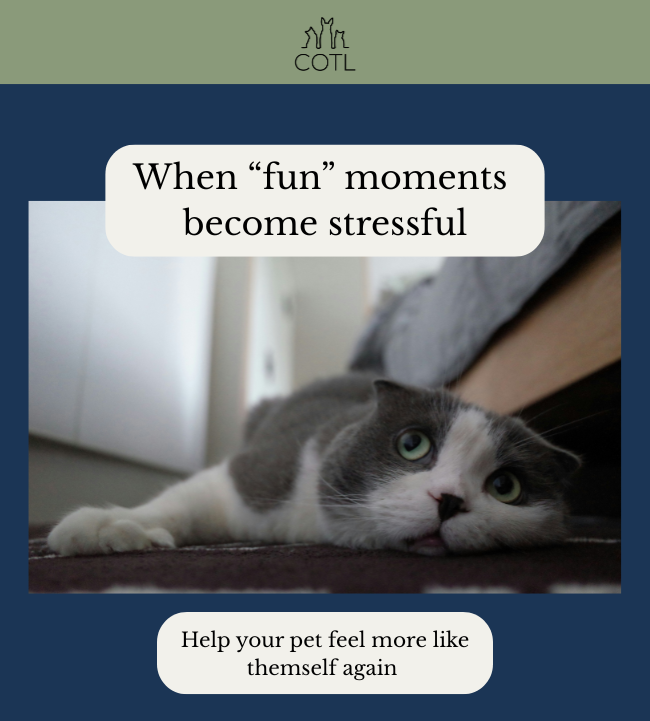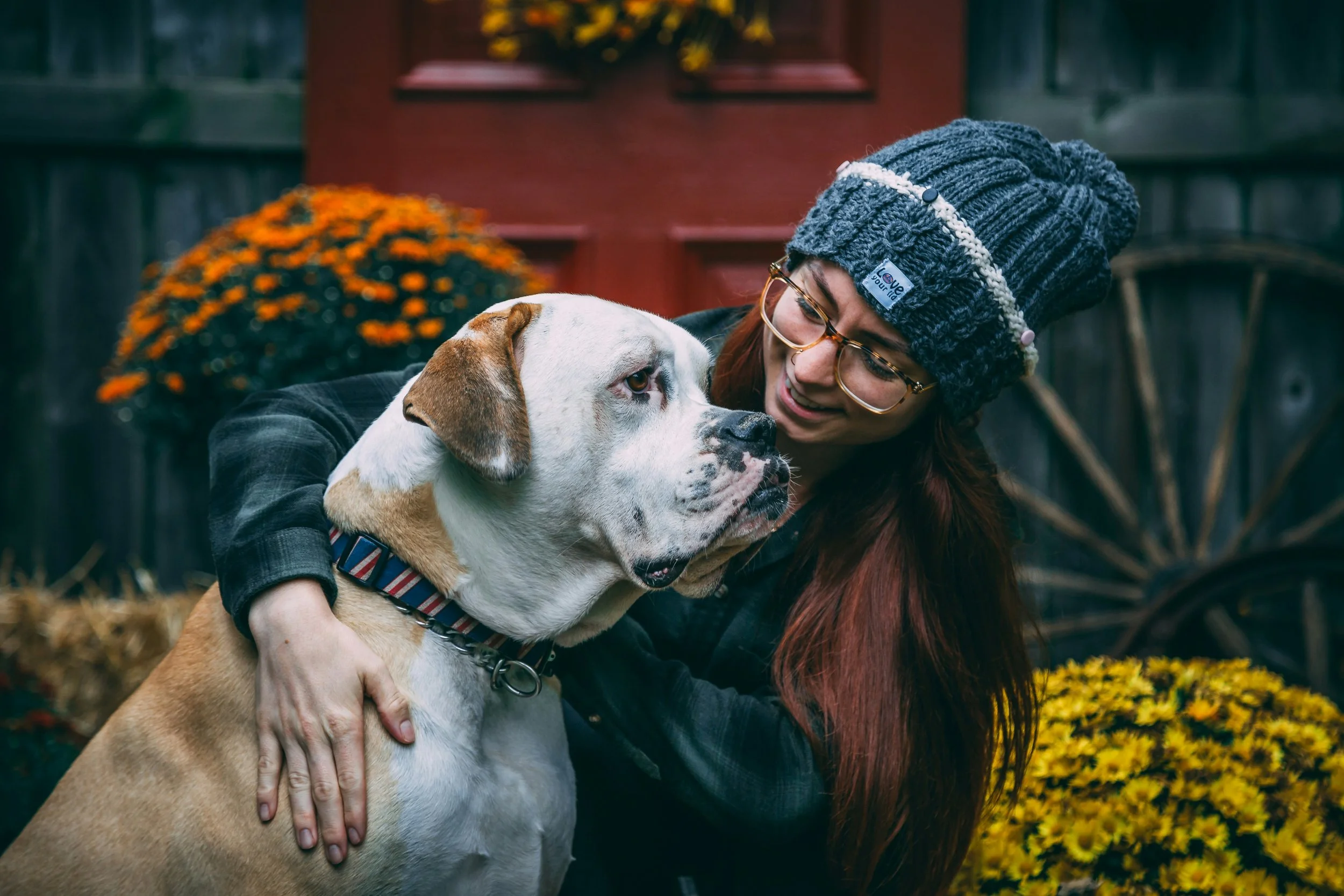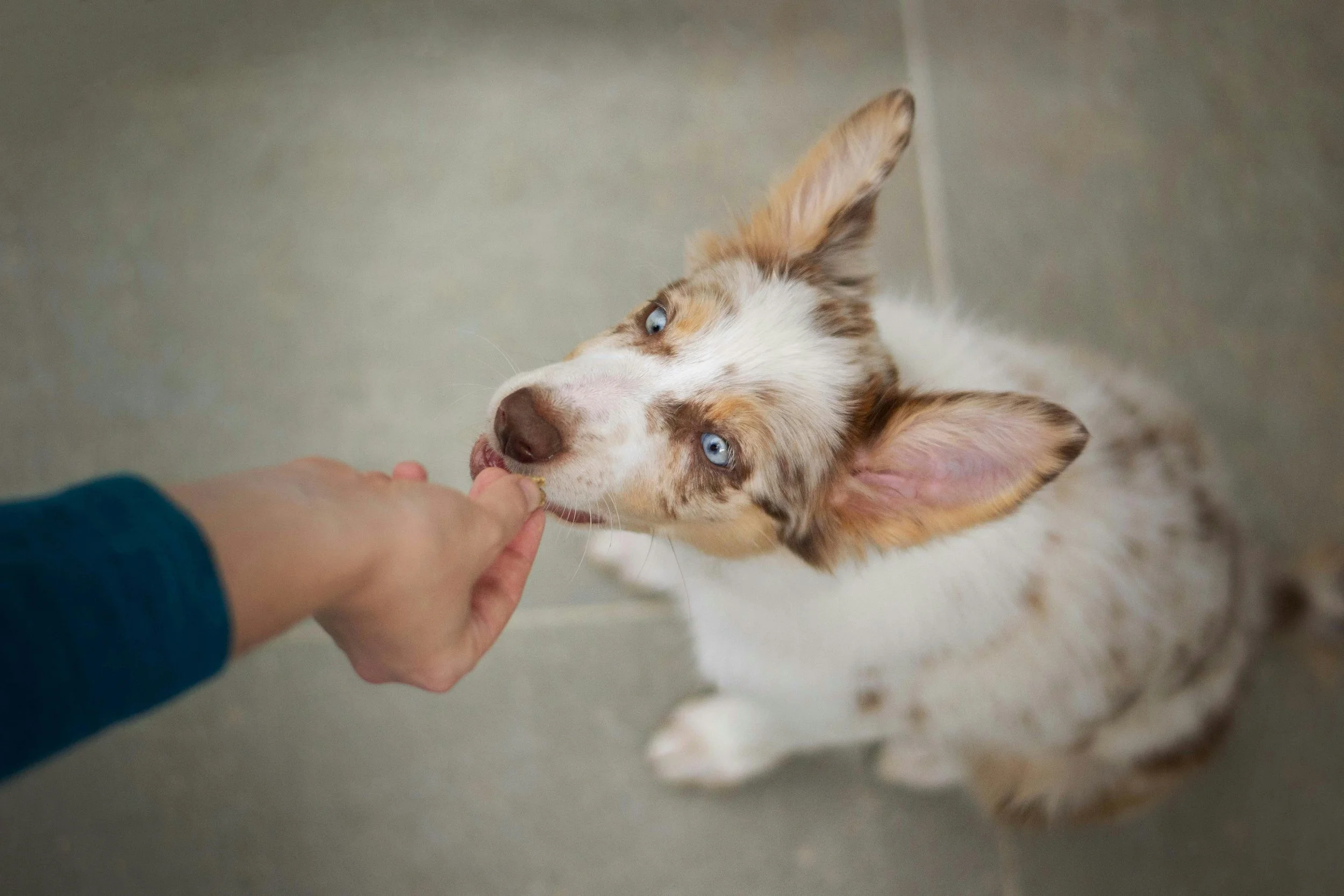Does Summertime Stress Your Pet?
For many pet parents, summertime brings an opportunity to spend more quality time together–spending time outdoors, taking longer walks, or even just snuggling at night with the windows open.
But there’s also a lot of special moments that happen this time of year that can leave our pets feeling not quite themselves.
Celebrations and BBQs with unfamiliar humans, long vacations without routines, time away from home (for those human-only trips), loud booms, flashing lights… you get the idea.
While many people love the extra social time that comes with the season, a lot of pets just don’t feel as excited.
And for the ones who already experience stress and anxiety on a somewhat regular basis? These situations can make them feel extremely unsafe and put them over the edge.
As loving pet parents, the last thing we want to do is see our pets experience the discomfort that comes with stress and anxiety.
So how can we support them?
What causes anxiety in the first place?
Like humans, pets can experience varying levels of anxiety. They might feel worried, fearful, or uneasy about a situation, especially if it’s unfamiliar or they’ve already created a negative association.
For some pets, the anxiety is situational, meaning it usually only shows up in response to new, unfamiliar, or stressful situations.
These could be moments like car rides, vet visits, storms, fireworks, routine changes, moving, or meeting new people or pets. Basically, it’s triggered by anything out of the ordinary.
For other pets, the anxiety might be chronic and so persistent that it affects how they live day to day.
This could be caused by past trauma, punishment, negative associations, or even the absence of exposure to a stimulus. They might act fearful or on edge, even when nothing “bad” seems to be present.
Anxiety can present itself in many ways, but here are some of the more common ones:
🐶 Dogs
🐾Persistent barking or whining
🐾Pacing back and forth
🐾Shaking
🐾Excessive grooming behaviors like licking
🐾Destruction of property, especially in the absence of their owner (which could point to separation anxiety)
🐱 Cats
🐾Seeking solitude more often than usual
🐾Increased meowing or other vocalizations
🐾Alterations in eating or grooming habits–either eating less or grooming to the point of hair loss
🐾Showing aggression towards other pets or individuals in the household
From ThePetClinic.com
How to help manage those stressful moments
There are many ways pet parents can set their pets up for success before anxiety becomes an issue. You may even be doing some of this already!
Regular socialization, training, and physical stimulation benefits both dogs and cats and can help expose them to various stimuli in a positive and non-threatening manner.
By getting them around new things–people, pets, and places–with a slow and supportive approach, you can reinforce that “new” doesn’t always mean “bad.”
Actively spending time with them does wonders too. By taking a long walk, engaging in a game, or providing an interactive toy that helps them hone in on their instincts (for example: sniffing out a reward for dogs, chasing prey for cats), you can help keep their mind off the stressor. It also provides a way for them to stay fit and active.
Maybe most importantly of all? These approaches also help them feel more connected to you. And when you work on strengthening your bond, they’ll naturally feel more at ease, loved, and secure with you.
In addition to these more active steps, it’s also important to provide safe spaces for your pet to retreat to when they feel like they need to get away.
Both dogs and cats will benefit from having a quiet, secluded place where they can “hide” at any time. Dogs might appreciate a piece of your clothing with them too, so your scent is always nearby. Cats will benefit from having an additional place where they can perch up high, so they’re able to scan what’s going on and feel in control.
Alternative ways to support anxiety
As humans seek natural, plant-based, or other alternative ways to soothe their own stress, they might wonder if it’ll work for their pets as well.
Studies on CBD, adaptogenic plants, pheromones, and wearable technology have suggested that these might be worth exploring as they may be effective in helping manage anxiety in pets.
(But of course, if you’re thinking of trying something new, it’s always best to consult your vet first!)
😌 CBD and hemp-based oils
Since this is somewhat new territory here, we lack a lot of solid evidence that tells us these oils 100% work. But for some people, the suggestion that they might work is enough to give it a try, especially if it’s to replace a pharmaceutical that may have long-term damaging effects.
If you do choose to give it a try, keep in mind that not all products are created equally and look for products that have been third-party tested. (Here’s some more info on CBD for dogs and cats).
🍄 Herbs, adaptogens, and mushrooms
Ingredients like ashwagandha, reishi, or L-theanine have been popping up all over the internet for their calming effect and ability to support nervous system balance in humans. But for pets?
Pet supplement companies seem to be jumping on this trend, with dozens of companies offering chews, powers, and crunchy “treats” that contain natural ingredients known to help promote a sense of ease.
In addition to the three listed above, you might also see chamomile, melatonin, valerian root, and passion flower (and yes, hemp too!).
💨 Pheromone diffusers or sprays
Pheromones might seem a little “woo woo” to some, but evidence suggests it really does help! Dogs emit these chemical signals in various situations and it helps “communicate” to other dogs how they may be feeling. (And yes, this happens in cats as well.) There’s apparently a scent, but humans can’t smell it!
By releasing calming pheromones, diffusers and sprays can help encourage a sense of comfort, even in an environment that may otherwise be stressful.
💡 Wearable tech and calming gear
Sometimes, an external object can make a big difference in how your pet feels too. Compression vests are known to provide comforting sensory input to some human individuals and turns out, it can work for pets as well. By providing slight pressure against their body, it can help reduce overstimulation and feelings of anxiousness.
There’s also some lesser known gadgets making their way into the industry like health monitor collars and sound therapy devices that can hang out by their bed or join you on a walk.
So, what’s right for your pet?
We’re sure this doesn’t come as a surprise but, as with humans, pets are unique individuals. Some may be more receptive to various approaches than others. Some may seem to be unaffected by anything you do.
The best thing to do is support them–and their most anxious moments–with kindness, compassion, and lots of patience.
Focus on the things that are in your control, like creating a routine, reinforcing positive behavior with rewards, and strengthening your bond with quality time. And there’s plenty of supplements, sprays, and sounds you can try as well!
If it feels beyond your control…
Sometimes, a highly anxious pet might need some outside help, especially if the anxiety becomes chronic and affects their well-being. For example, aggression, self-harm, or complete withdrawal are extreme behavior changes that will likely need professional support.
If that’s the case, your vet or a behavioral specialist will work with you to create a plan that includes things like training, therapy, and maybe even medication, to address your pet’s anxiety and help them live a calmer life.







